Hidden Agave Nursery in Escondido, CA is more than a source of rare and unusual agaves, it's fast-tracking this popular succulent genus to its full potential. Owner Jeremy Spath's hybrids soon will make us wonder why we ever wanted thugs like century plants (Agave americana) in our gardens.
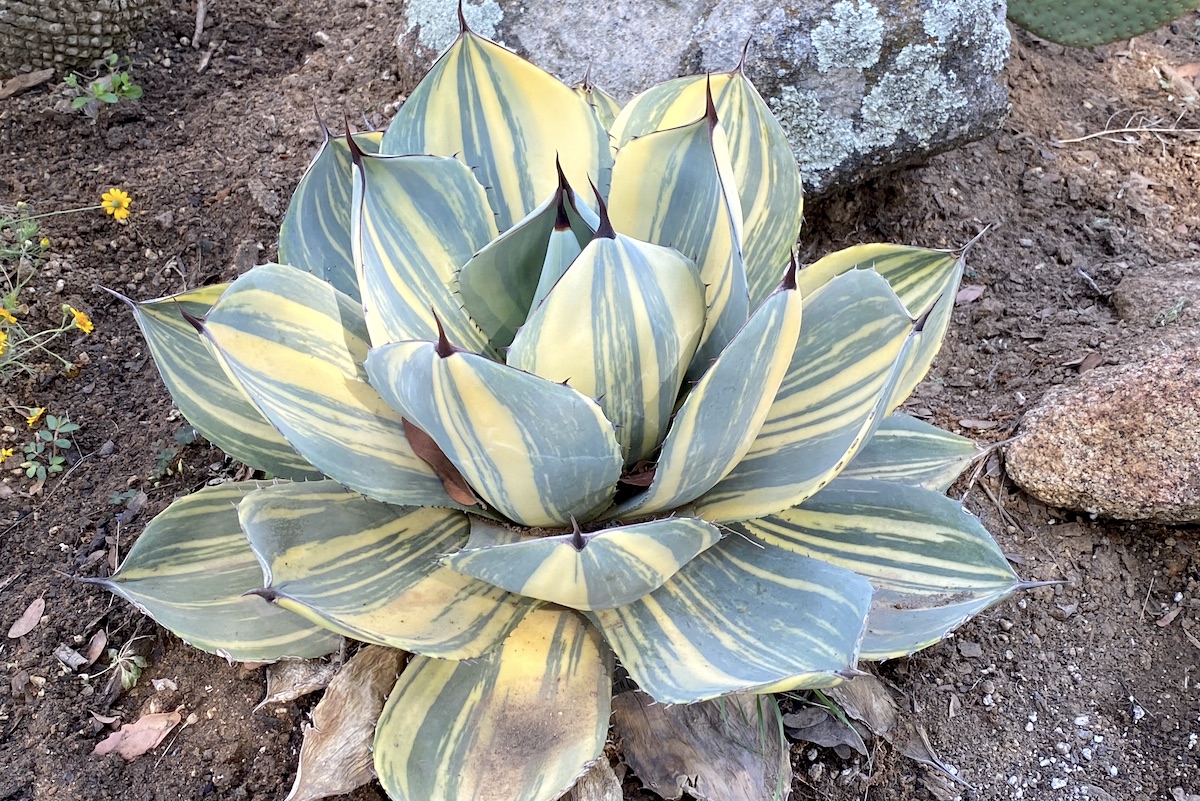
Agave parryi var. truncata 'Orizaba'
Jeremy specializes in species and cultivars that don't get overly large, perform well in gardens, and are exceptionally beautiful. I share his fascination with long, twisted spines and prominent bud imprints. And who doesn't love a variegate? Nearly every specimen at Hidden Agave has squiggles, scallops or stripes.
The remarkable specimens I show here are a small part of what he offers, and the selection is continually changing. See 20+ in the Gallery below.
Gotta Have Agave?
Jeremy sells mainly through his website. (His most avid customers are overseas.) But yes, you can visit Hidden Agave by appointment, select specimens from the greenhouse, and stroll through the test garden.
Wear hiking boots or sturdy walking shoes. The terrain is uneven and steep in places, and a Queensland Heeler may eagerly drop 18-inch sticks at your feet. As Jeremy threw one intended for me over his home's roof, he observed matter-of-factly, "No human has ever outlasted him."
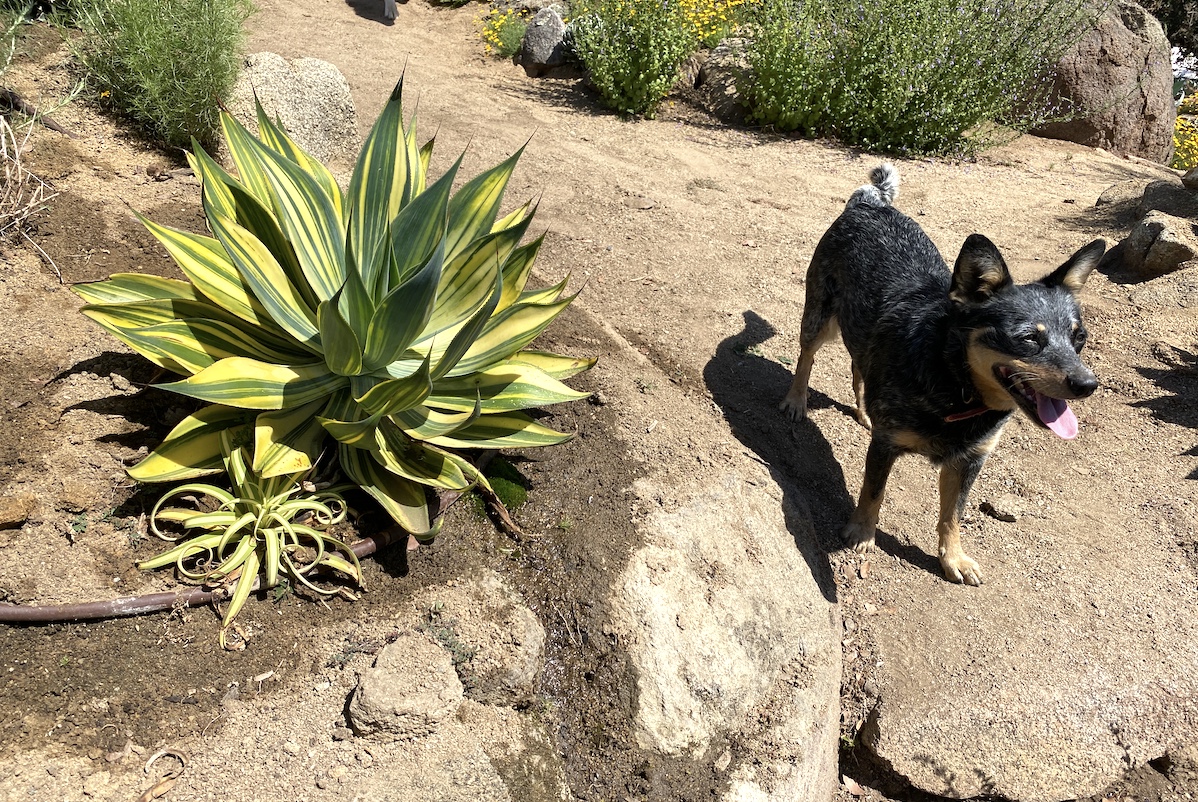
Ranger (right) with variegated agaves 'Blue Flame' and bracteosa
Why agaves?
"Their bold structure is unmatched in the landscape," Jeremy says. "I love the interplay of soft foliage occasionally broken up by an agave’s strong form. Aloes and cacti can do it too, but to me an agave does it best."
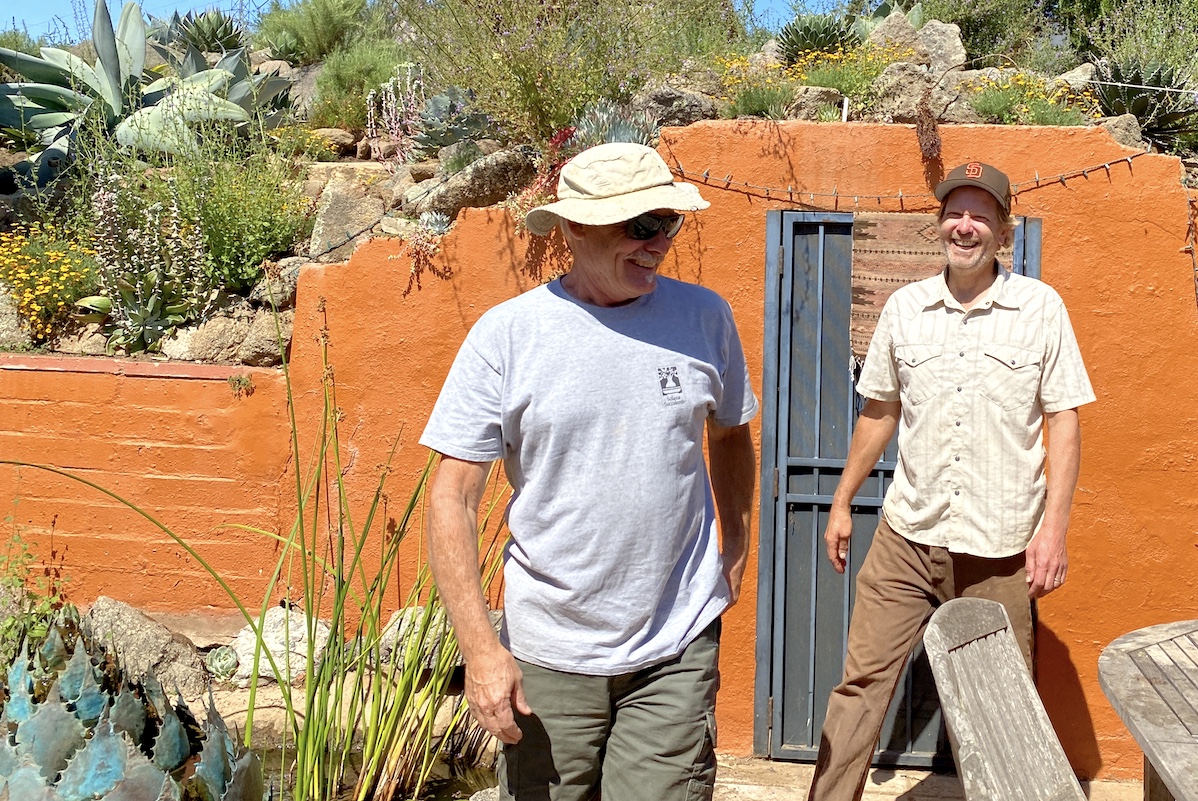
Big news! Jeff Moore (left) of Solana Succulents nursery and Hidden Agave owner Jeremy Spath reveal a cool collaboration in my video.
He continues: "Then there are the endless colorful teeth and forms that I can never get enough of. Big, small, medium, there is an agave that can beautifully fit any garden or container space."
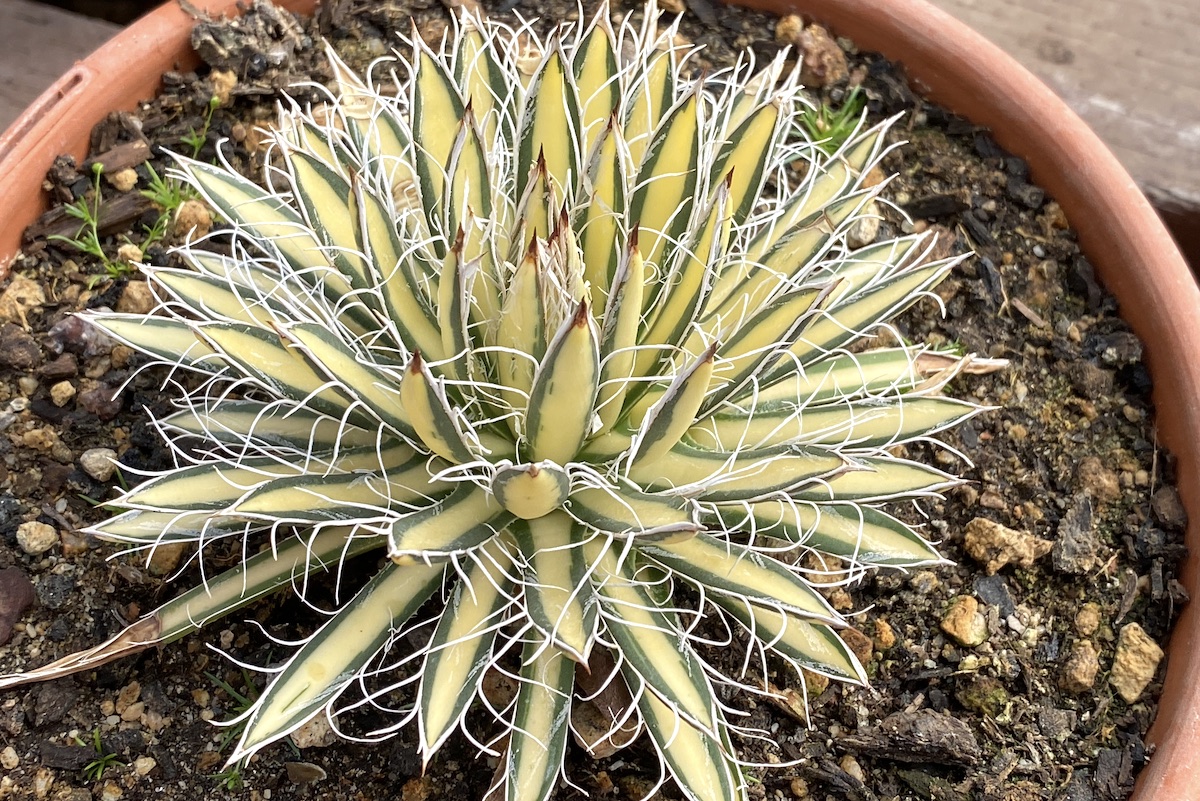
Agave polianthiflora variegated
Jeremy began his horticultural career at the San Diego Botanic Garden (then Quail Botanic Gardens) and has traveled the world in search of unusual plants. His focus for the last decade has been on agaves and dudleyas (those silvery native succulents that cling to cliff sides). He also goes on horticultural expeditions to agave habitats---mainly Mexico---with renowned experts Brian Kemble and Kelly Griffin.
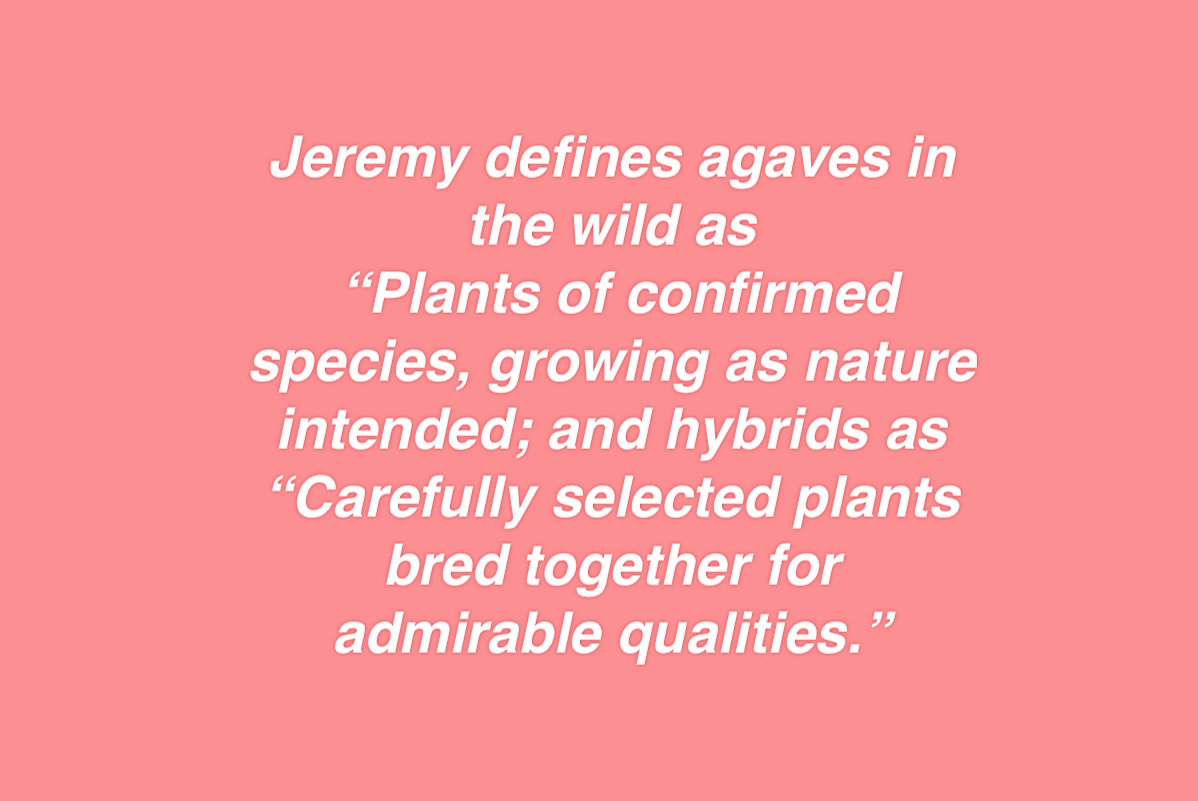
Hidden Agave's test garden
The nursery is on a 7-1/2 acre hillside in the foothills northeast of San Diego. Frost, being heavier than warmer air, flows downward and so doesn't settle on tender plants. (Which is why citrus and avocados orchards are on hilltops in southern CA.)
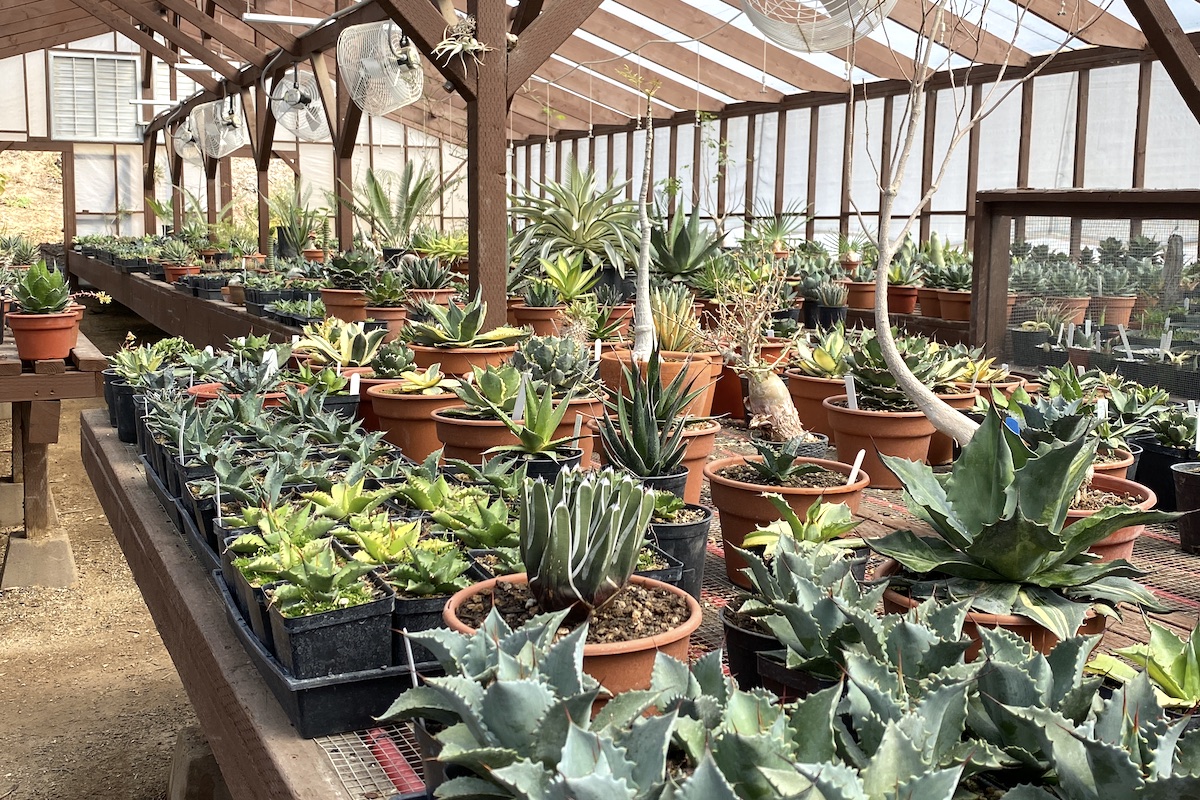
Hidden Agave greenhouse
Jeremy and his wife sold their home in Encinitas, CA, and broke ground at Hidden Agave---which, located in north Escondido, indeed is somewhat hidden---in 2018. Typical of the region, rain falls mainly in winter, and late summer heat attains triple digits. The soil is perfect for agaves: coarse, fast-draining decomposed granite.
Along with the Spath family's home and test garden, the property includes a 2,400-square-foot greenhouse, and---remarkable for a small nursery---a tissue-culture lab. Jeremy propagates agaves from seed, cross-breeds them, evaluates their aesthetic and collectible potential, and clones the very best.
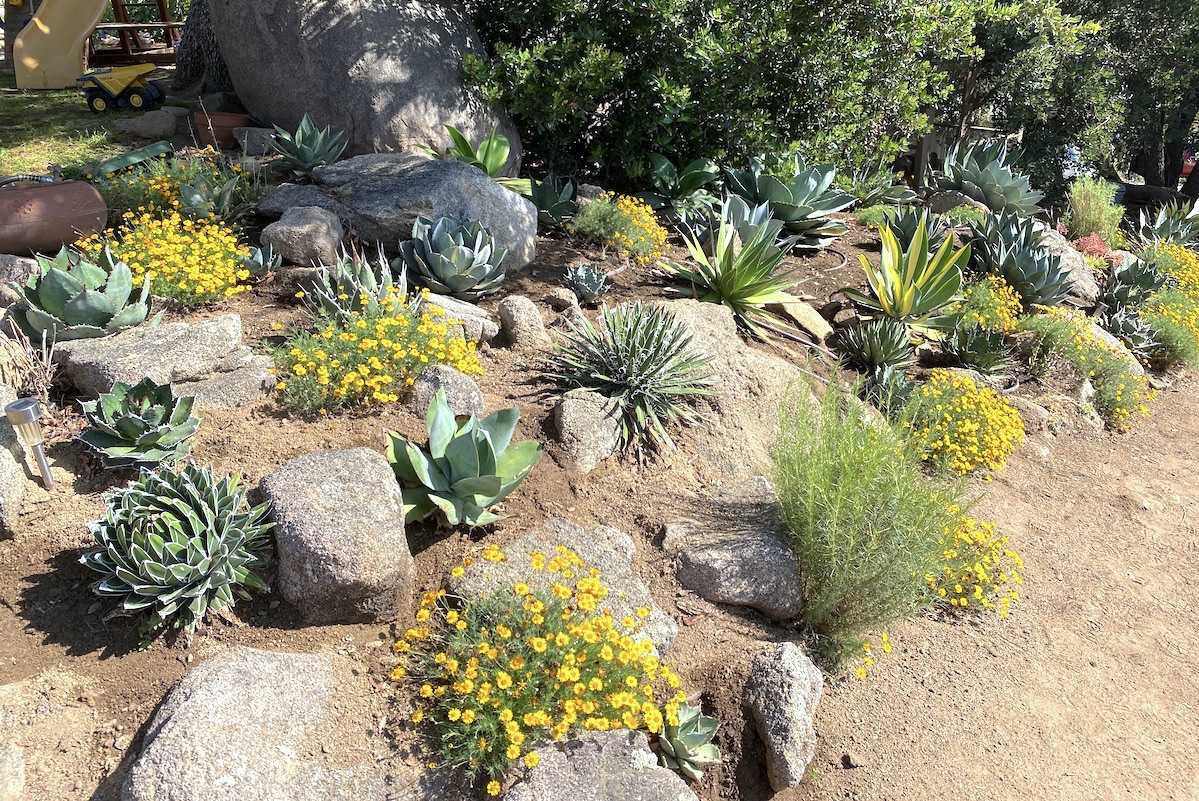
A section of Hidden Agave Nursery's test garden
The fact that he does landscape design professionally shows. Broad paths meander around elevated soil-and-boulder islands. Rocks not only lend interest and character to the terrain, they provide pocket microclimates for young plants.
Creating a textural contrast to bold, sculptural succulents is a perennial ground cover, the California native thymophylla. As if hundreds of agaves aren't enough, thymophylla's fluffy mounds of dainty yellow flowers make the garden unforgettable.
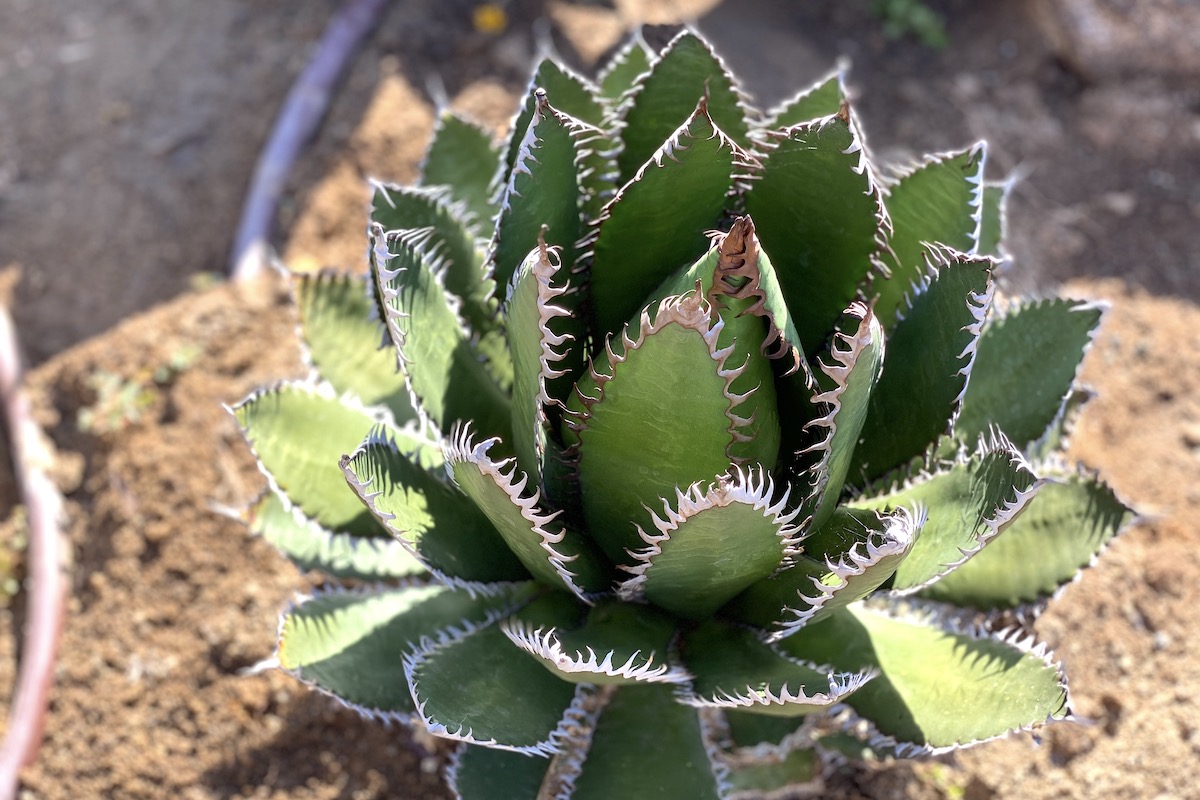
Agave horrida
Stunning species among the many hybrids include Agave shawii, notable for colorful teeth along leaves; versatile, cold-hardy Agave montana; and Agave horrida, which despite its name is prettier than a bridal bouquet. Those white teeth!
I hope you found my video and this post on Hidden Agave helpful and entertaining. My goal is to inspire you to enjoy using succulents in fun and creative ways in your own garden and outdoor living spaces. Please know I appreciate your comments here and on my YouTube channel! -- Debra
seen at Hidden agave
Related info on this site
Agaves: Uses, Photos, IDs and Varieties
With the exception of a few soft-leaved and variegated varieties, agaves want sun—the more the better in all but desert climates. Most are hardy to the mid- to high-20s F, and some go a lot lower. Sharp points at leaf tips and along leaf edges can make agaves treacherous. I snip about a quarter inch from leaves’ needlelike tips with garden shears.
Agaves Handle Summer Heat
Late summer is when tough succulents really shine. Large agaves handle summer heat, and are unfazed by harsh sun, high temps and lack of rain. Their statuesque, fountainlike forms lend a sculptural element to any landscape, and contrast beautifully with fine-textured ornamentals. They also make good firebreak plants and security fences. With the exception of a few…
The post See Hidden Agave Nursery’s Rare Agaves appeared first on Debra Lee Baldwin. Copyright © Debra Lee Baldwin.
from Debra Lee Baldwin https://ift.tt/355qicf
via IFTTT



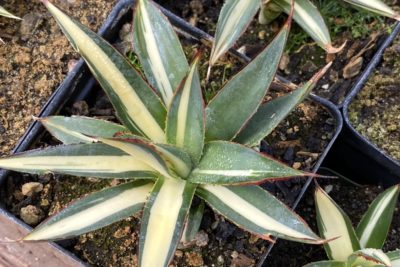
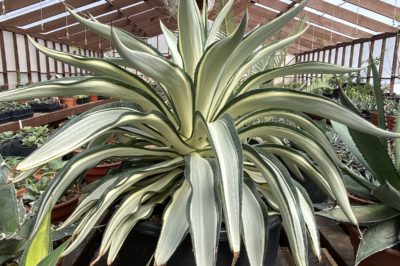

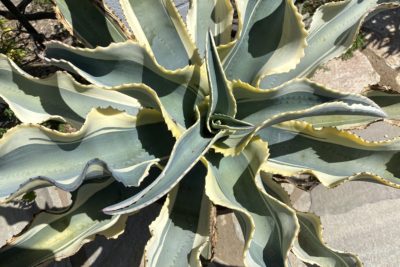
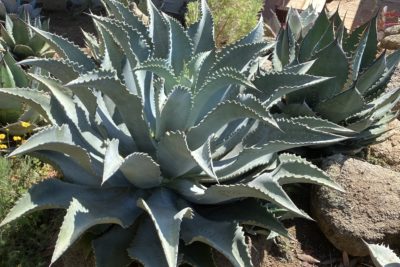
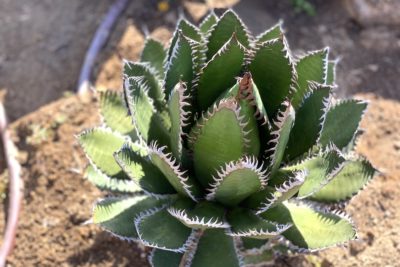

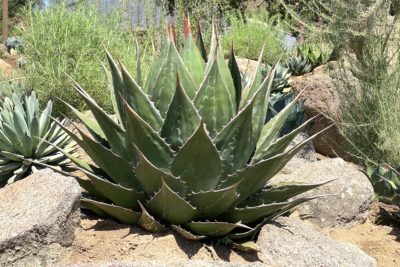


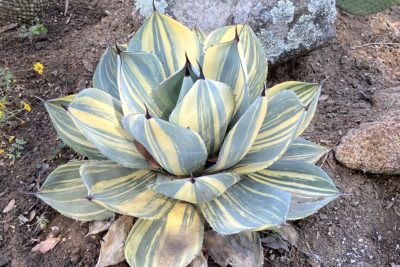
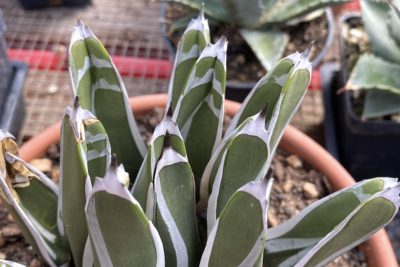
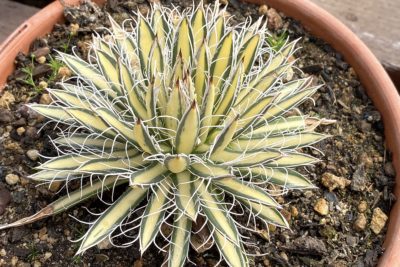
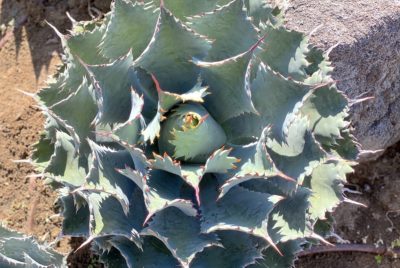
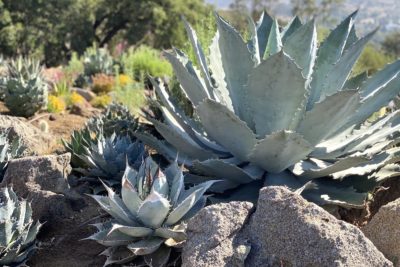
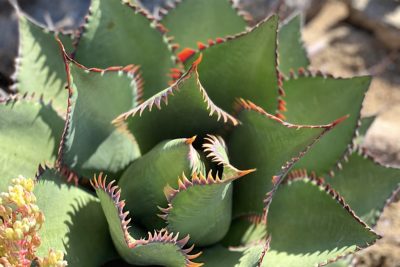
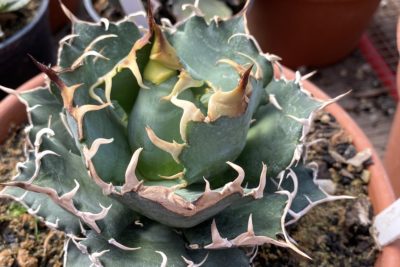
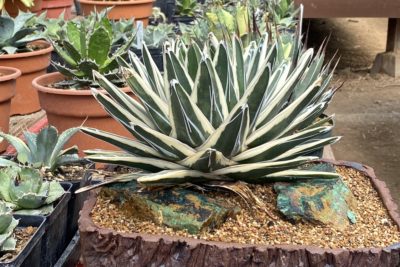
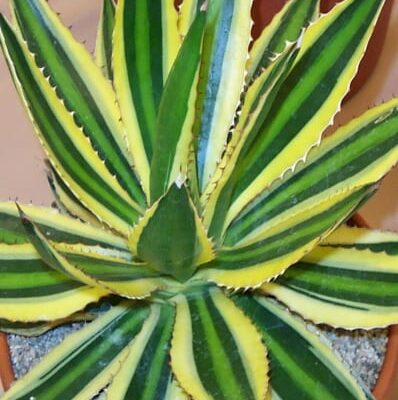

No hay comentarios:
Publicar un comentario